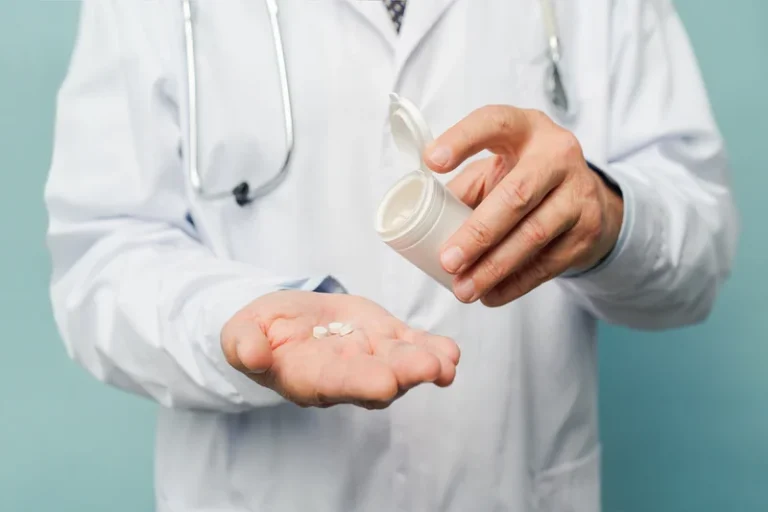
Hangovers vary in severity and symptoms from person to person and episode to episode. In addition, some people may be born with a genetic predisposition to developing worse hangovers than others. However, a headache after drinking will usually resolve itself over time. Other criteria for a person to have a migraine diagnosis include nausea or vomiting and sensitivity to light or noise. Migraine typically begins slowly and may increase in severity if left untreated. They involve throbbing pain that generally occurs on one side of the head.
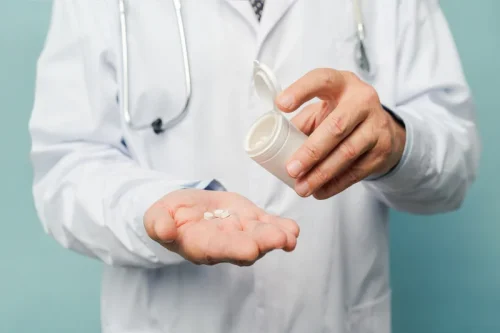
Why clear liquors are thought to be the best alcohol for migraine?
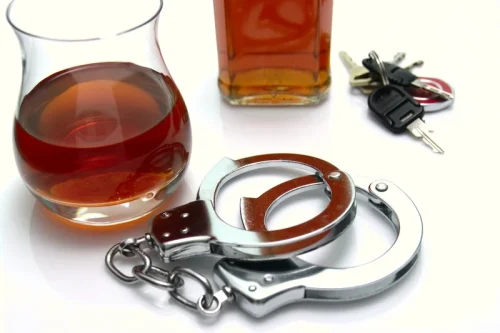
A detailed description of risk of bias assessment for the cohort studies is presented in Table 3. In cross-sectional studies, six out of the 11 had a high risk of bias 46,47,48, 51, 56, 60, because they received fewer than 6 positive answers. Three studies were evaluated as moderate risk, with 6 “yes” answers 44, 57, 59. Two of the remaining cross-sectional papers achieved seven or eight points and therefore were low bias-risk 26, 27.
- If a cross-sectional study received seven or more positive answers, a case–control eight and a cohort study nine, ten or 11, their assessments were described as having a low risk of bias.
- To determine if drinking (which may have a weaker correlation with migraines than previously thought) is one of yours, it’s helpful to learn the signs of alcohol-induced headaches.
- You could get a headache within 30 minutes to 3 hours of drinking.
- After a night on the town, it’s easy to blame a headache on too much alcohol.
- If you have any underlying conditions, speak with a healthcare provider first.
Hangover Headache Impacts
- White wine and sparkling wines have not been shown to have the same effect on headache.
- These genes may affect the likelihood of experiencing symptoms such as headaches after drinking small amounts.
- A cocktail headache is a headache that occurs within as little as three hours after drinking alcohol.
- The number of drinks you have, what you are drinking, and what’s going on in your life may be the primary culprits, rather than alcohol itself.
- There is some evidence that suggests this could reduce frequent headaches.
With the huge focus on organic foods and what we all eat, there should be as much attention put on what we drink. Alcohol is embedded in our society, and it is difficult to be in a public space without seeing a reference to alcohol or being offered a drink. Alcohol is broken down in the liver by an enzyme called alcohol dehydrogenase.
About this article
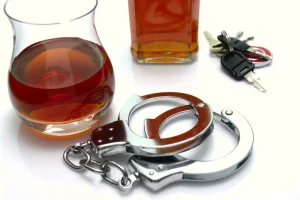
When I’m going to be out, I always try to be prepared for a pending attack. Migraine is an individualistic and personal disease because it impacts us all differently. Overall, I feel more research and funding for migraine and headache disorders must be done. Part of that included going out with friends and consuming some alcoholic beverages.
People with migraine are more likely to have this type of reaction to migraine than those without. When alcohol is a trigger for one’s usual primary headaches, the pain usually occurs within three hours of alcohol consumption. Avoiding alcohol isn’t the only way to avoid an alcohol-related migraine headache. There can alcohol help headaches are some health benefits to moderate alcohol consumption, but the key is knowing what types of alcohol cause your headaches, in what amounts, and what other factors might be involved. Many people have experienced a headache after drinking alcohol — especially after drinking too much.
If it does, you’ll need to drink less or stay away from all alcohol. After a night on the town, it’s easy to blame a headache on too much alcohol. But if you’re prone to migraine headaches, drinking even a small amount of alcohol can bring on an attack.
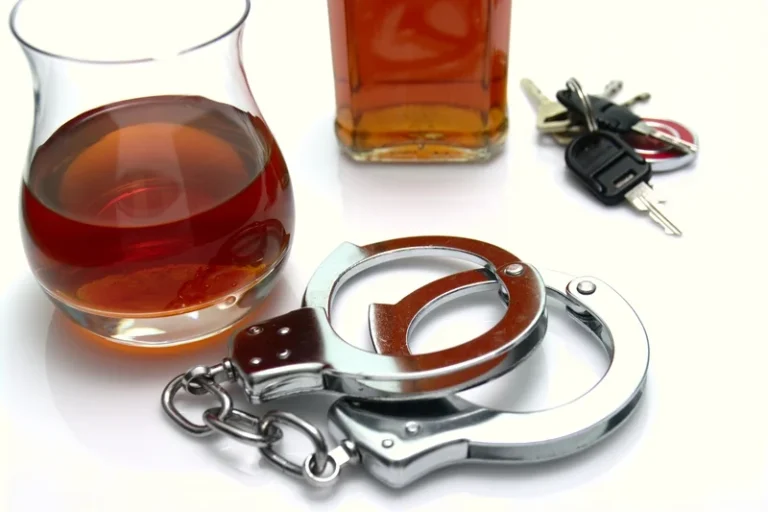
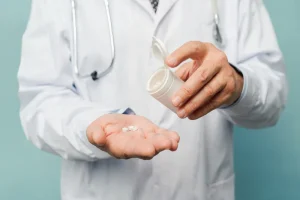
Essential oils like bergamot or lavender are known to promote relaxation. This might not be the best option for those with chronic or severe migraine. Acupuncture involves placing fine needles at certain points around the body, with the intention of relieving certain health conditions or issues. There is some evidence that suggests this could reduce frequent headaches.
Immediate alcohol-induced headaches are rarer than hangovers, and even a small amount of alcohol might trigger them in people who, for instance, experience migraines. Alcohol is identified as an occasional trigger in about a third of people who experience migraine headaches, but it’s only a consistent trigger in about 10 percent of migraine sufferers. Preventing migraine begins with identifying and reducing or eliminating common migraine triggers such as alcohol, dehydration, and certain foods. A person should try keeping a migraine diary for a few weeks or months to observe trends in their headache patterns. People who get hangovers that trigger a migraine may also wish to avoid alcohol with high levels of congeners. These are substances that the alcohol manufacturing process produces.
- However, in some countries, the occurrence of alcohol as headache trigger is negligible, perhaps determined by alcohol habits.
- The exact mechanism behind this observation may indicate that migraine leads to alcohol-avoidance, rather than alcohol having any protective role against migraine.
- This is linked to the threshold theory, or Bucket Theory, where a stacking of triggers will induce a migraine attack.
- At least one small study has shown some hangover treatment benefits from an over-the-counter remedy that contains milk thistle, thiamine, and antioxidants, but more research is needed.
- There are sparse reports that ADs are also triggers of less frequent types of primary headache such as familial hemiplegic migraine, hemicrania continua, and paroxysmal hemicrania.
- Headaches are common, impacting more than 90% of people throughout their lifetime.
Praluent interactions with lab tests
- This is because beer and wine often contain more toxic byproducts from fermentation, such as aldehydes.
- Due to the inclusion of many study designs, the risk of bias was evaluated using tools adjusted to the type of study.
- Or you might be fine until after your blood alcohol level returns to normal.
- Migraine is more common, affecting around 12% of people in the United States.
- A detailed description of risk of bias assessment for the cohort studies is presented in Table 3.
Similarly, common beliefs may influence patients habits, e.g., the conviction that “red wine causes migraine”, even if studies present conflicting evidence 80, 81. Consequently, it seems likely that people with migraine to some extent avoid alcohol, which would be one interpretation of our results. In a 2018 study involving 2,197 people with migraine, 25% of the participants who stopped or always avoided drinking did so because alcohol triggered migraine attacks. More than a third of the participants said that alcohol had this effect, with about 78% naming red wine as the most common alcohol trigger.

Αφήστε μια απάντηση